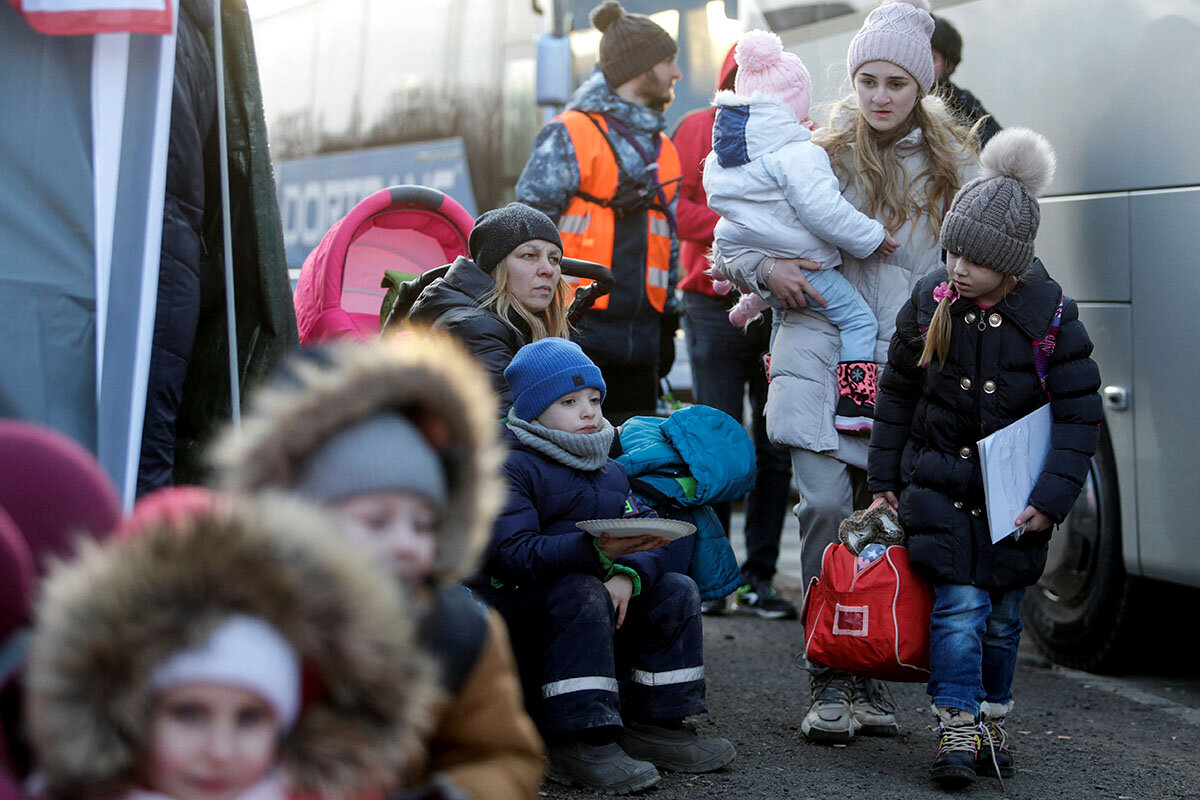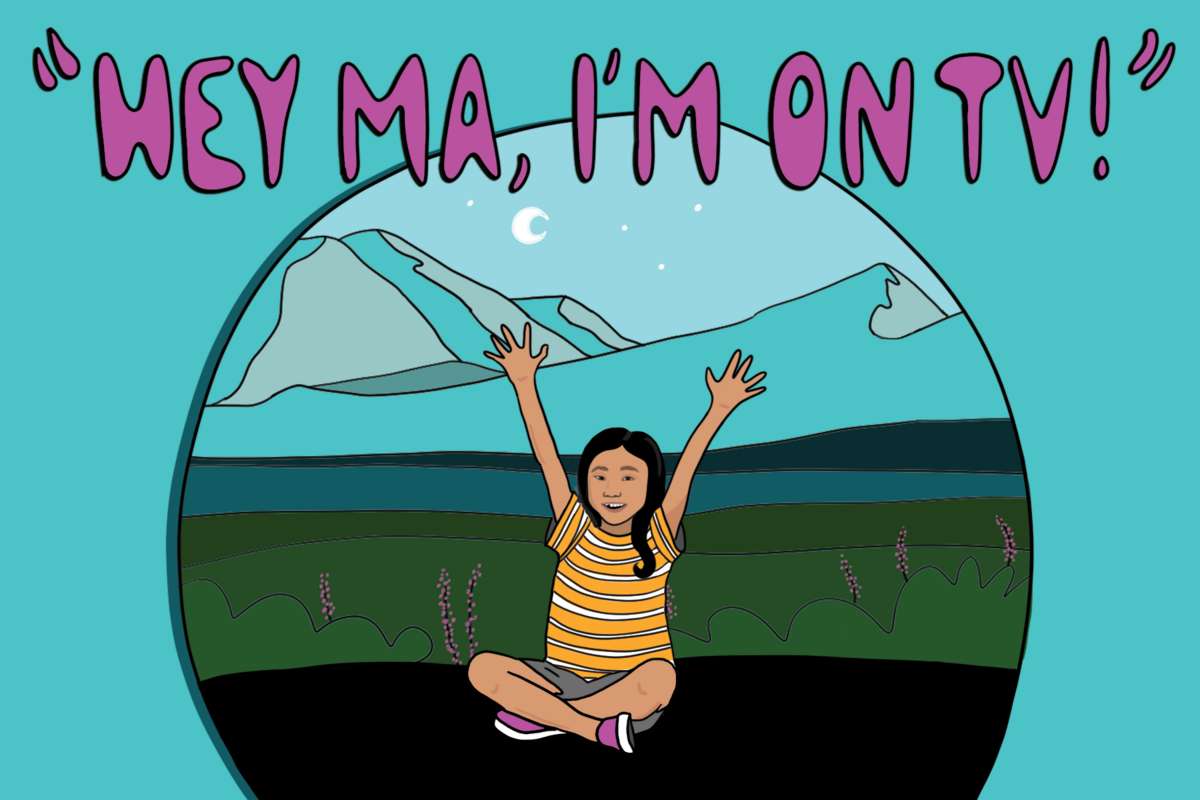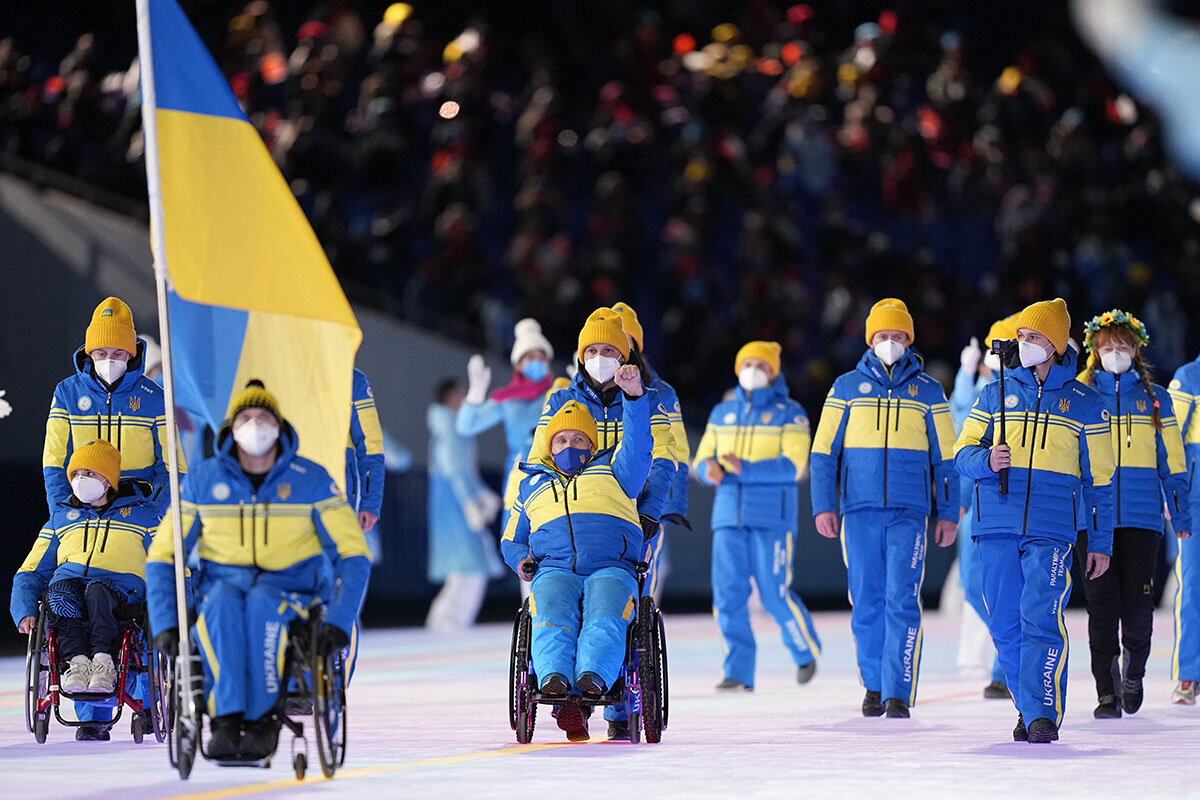Vladimir Putin didn’t want Ukraine in NATO. He may see Finland and Sweden join instead. Their shift is over more than just security. It also reflects a desire to uphold values like freedom and democracy.
Monitor Daily Podcast
- Follow us:
- Apple Podcasts
- Spotify
- RSS Feed
- Download
 Peter Grier
Peter Grier
This week we’ve been using this intro space to answer questions that may be top of readers’ minds about the Russian invasion of Ukraine. (Be sure to check out our full Ukraine coverage from correspondents in Ukraine, Europe, and the United states here.) Today’s question is a difficult one: How do you give Russian President Vladimir Putin an off-ramp in a morally responsible way?
In other words, how can we offer Mr. Putin incentives to stop fighting and agree to a negotiated settlement that leaves him with less than his original goals in launching the war?
This is important because cornering Mr. Putin would be dangerous for everyone. Western sanctions are biting quickly, the Russian military has performed poorly, and an angry leader could be tempted to double down on violence or escalate nuclear tensions.
The scale of the war now makes a settlement seem far-off. But Russia and Ukraine have already opened talks on the Belarus border. Ukraine on Thursday said they have agreed to create safe corridors to evacuate civilians and deliver aid.
“Off-ramps are important to end this war, even if there was not a danger of nuclear weapon use,” says James Acton, a nuclear expert at the Carnegie Endowment for International Peace who’s written recently on the subject.
Russia needs to realize Ukraine is too defiant to become a quiet client state on its border. Ukraine needs to accept it is unlikely to push Russia out of its entire territory.
In between are hard questions about Ukrainian neutrality and security, control of Donbass and other separatist regions, and reparations for destruction already wrought.
The U.S. can strengthen Ukraine’s hand by making it very clear that if the parties reach agreement Washington will lift economic sanctions, says Dr. Acton. U.S. officials haven’t given a public timetable for how sanctions might come off.
“We need to emphasize we don’t seek to destroy Russia; we seek to get Russia out of Ukraine,” Dr. Acton says.










